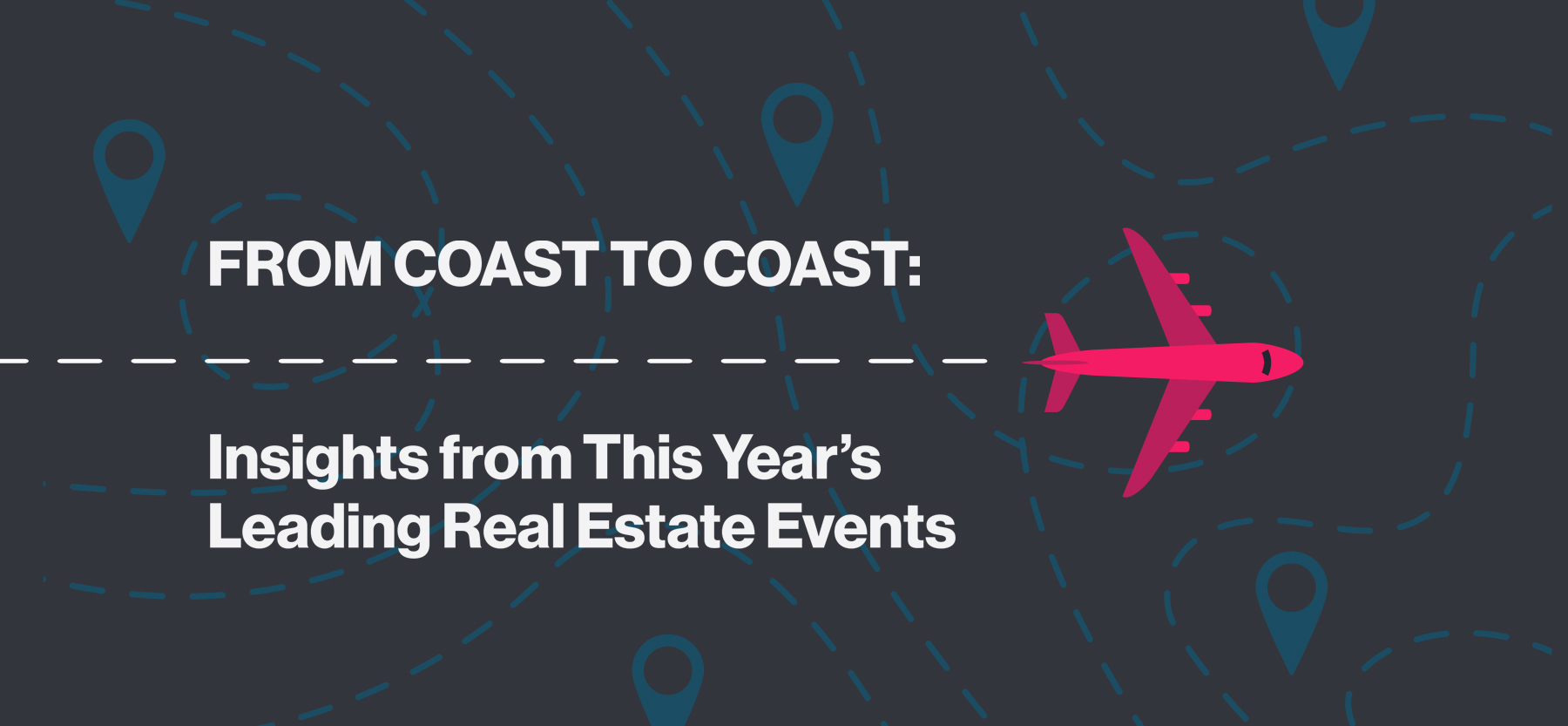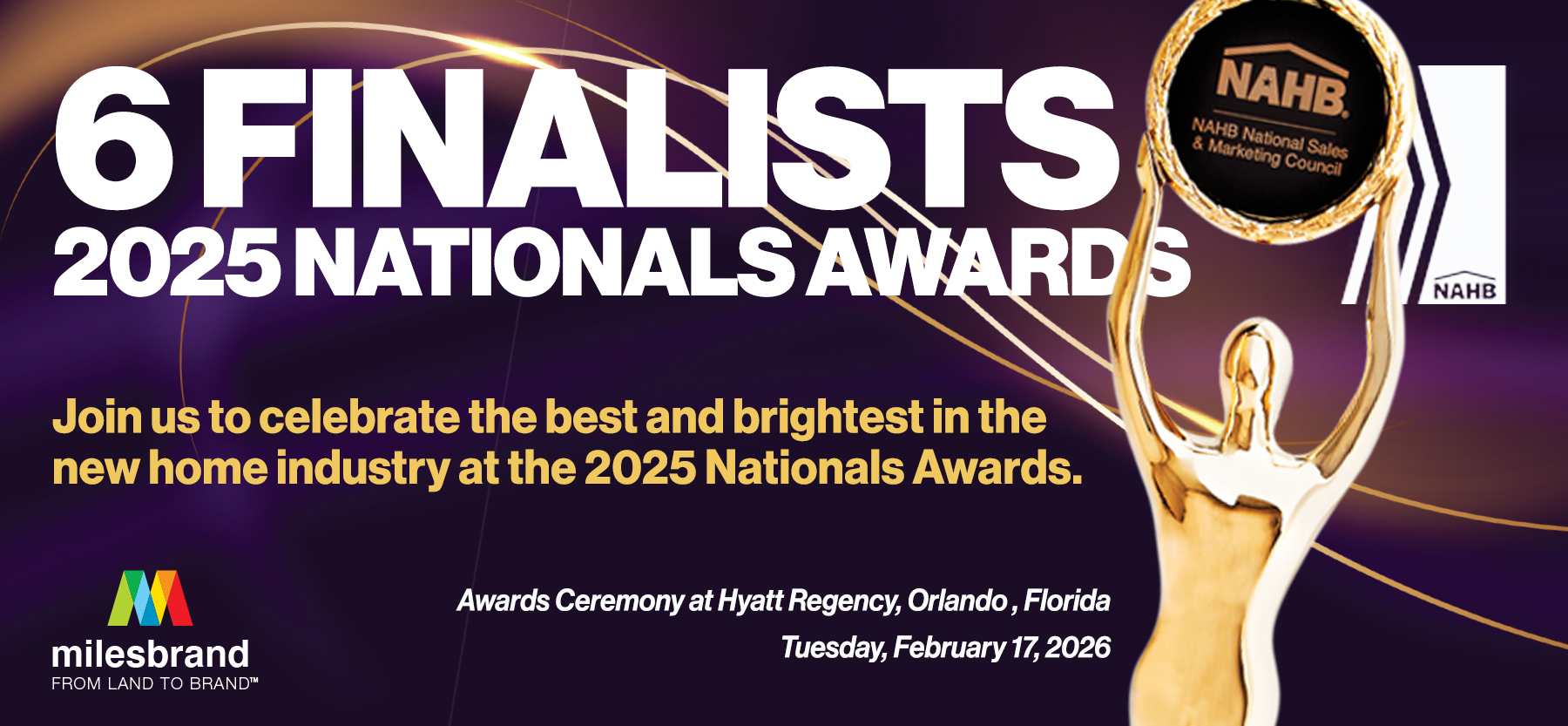January 15, 2020
Social Media: Objectives, Challenges, and Organic Vs. Paid
Social media is a lot to wrestle with.
On one hand, you hear incessantly of the need for your brand’s presence on these platforms. And on the other, claims of disappointment, underperformance, or outright confusion.
You’re left oscillating between a fear of leaving something on the table and an uncertainty of why or how to play the game in the first place.
But as with most ventures, even a little knowledge goes a long way. And in this case, knowledge is how you create your best shot at conquering this strange terrain.
For clarity’s sake, when we start a social media engagement, we like to break down the entire category into smaller, more manageable steps.
It looks something like this:
- Understanding organic vs. paid social media
- Objectives and challenges, for both organic and paid social
- Strategy, messaging, voice and tone
- Target audience and persona mapping
- Content guidelines
- Landscape and competitor audit
- Measurement and reporting
That's more than plenty to take in at once, which is why we tease sections out and introduce them linearly.
But in this article, we’re going to expand on those first two bullet points. We'll look at what organic and paid social are, how they interact, and what you should do about it.
Organic Social Media – What is it?
Simply put, organic social consists of all social media efforts unsupported by ad spend. These are pieces of content – images, videos, graphics – published to a platform and left to gather engagement on their own.
With organic, your brand’s published content will be seen only by users who have chosen to follow your page, or by users visiting your page. If you’ve ever been active on a personal social media profile, you’re probably familiar with this dynamic. Most of what you see on your feed is content from sources you’ve chosen, and between that, are paid promotions.
As you might imagine, without paying for reach, your organic audience is almost entirely earned. This is an audience who has opted in, making the decision to allow your content into their timelines and into their limited field of attention. Really, they are making the decision to trust you.
Why does this matter? Because earning an audience is difficult, especially for brands. You’re tasked with making a strong case that your brand’s content is worth having around, day to day or week to week.
And this case is made with content, as well as everything you say about that content. That’s it. So the big question with your organic strategy will always be: what content can I create that people want to see?
Paid Social Media Marketing
Paid social refers to promoting content on these same platforms with ad spend. There are two ways to think about paid social, one quite subtle and one predominant.
Starting with the subtle: Promoted organic posts. Unfortunately, any given organic post will reach only a small percentage of even earned audiences. For instance, if you’ve worked your way to 1,000 followers, in some cases as few as 50-100 people will actually see what you publish.
If this sounds ridiculous to you, you wouldn’t be the first to reach that conclusion.
In order to reach a bigger fraction of your audience (i.e. followers), the platforms now demand the wheels be greased with some paid promotion. This is commonly known as “boosting” a post and, despite how frustrating it may be, is at least relatively cost effective.
But the second, and most important part, is paid social as a tool for reaching any audience. These posts are best thought about simply as ads, with specific campaign objectives, delivered to a targeted audience of your choosing.
The key difference here is that these ads will rarely use the same creative and copy that is published organically. After all, this content will be more offer-driven, as ads tend to be. And who would want to follow a page posting only ads?
Organic Social Media Objectives and Goals
Depending on the stage of your brand, a common and worthwhile goal with organic social is to raise brand awareness. With the right content, organic is an ideal avenue to position and showcase your brand to prospects on social networks.
The organic side of social has – or should have – less emphasis on driving sales. You may find sales-related benefits, such as driving traffic or gathering leads, but this shouldn’t be the primary goal.
Instead, organic should be a safe haven for the most user-centric, interesting, and non-self-indulgent content you can come up with. And it is on top of that valuable, trustworthy foundation where paid campaigns can be built.
Organic Social Media Challenges
A challenge most brands face on social media is that they will rarely be a top priority for users on social (more on this below). For this reason, building an audience and gaining traction can take time.
Another challenge is as we mentioned: The platforms’ business model, fueled by ad revenue, now throttles back organic reach even to earned audiences.
However, the upside to both challenges is that they are not uniquely your challenges, and the best and only workaround is to publish high-quality, valuable content.
Paid Social Media Objectives and Goals
Any given paid campaign will have a specific objective. In early stages, paid efforts generally focus on more top-funnel objectives such as raising brand awareness and driving website traffic.
As a brand progresses, mid- and bottom-funnel strategies will typically be introduced, with lead generation or sales as possible objectives. With that said, the goals you decide on for your campaigns will evolve over time, and tend to vary from one industry to another.
Paid Challenges
The biggest and perhaps only meaningful challenge with paid social is creating attractive offers to advertise. Without the proper incentives, lead generation and even traffic campaigns tend to underperform.
For example, if you are asking prospects for information (i.e. lead generation), you must offer information – at least – in return. In the home building industry, this often takes the form of a digital brochure, an invitation to an event, or any other form of lead magnet.
Need a hand?
If you’re in the process of implementing social media for your brand, or just need advice for planning your social media objectives, we’d be happy to share our thoughts. Reach out here.












